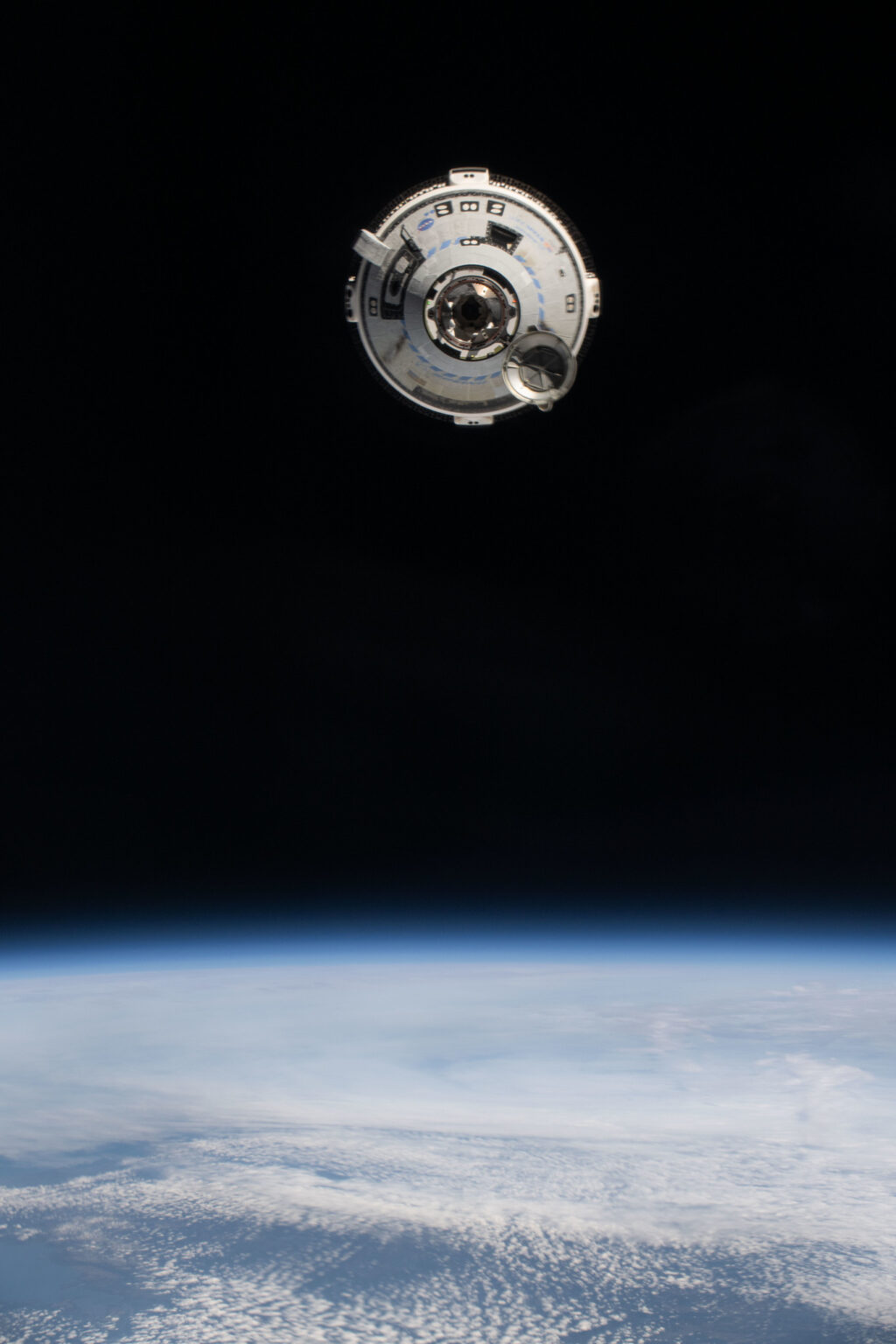NASA has confirmed that the CST-100 Starliner spacecraft has experienced its fifth helium leak. Experts are currently studying how it may affect the rest of the mission.

The first helium leak was detected while Starliner was still on Earth and preparing for launch. This gas is used to pressurize the fuel lines of the spacecraft’s maneuvering engines. NASA and Boeing engineers then concluded that this was an isolated problem caused by a seal defect that did not pose a threat to the mission.
However, just a few hours after the launch, dispatchers reported finding two more leaks, one of which was relatively large at 27.7 kg/cm2 per minute. A fourth leak was identified after docking, although it was much smaller at 0.52 kg/cm2 per minute. The fifth leak on the spacecraft has been discovered now. It is the smallest of all and amounts to 0.12 kg/cm2
It’s worth noting that immediately after the docking was completed, NASA closed the helium manifolds in the propulsion system to stop the leak. However, they will have to be reopened when the spacecraft leaves the station and begins its return to Earth. According to experts’ calculations, helium on Starliner will be enough for 70 hours of flight, while it takes only seven hours to return to Earth. They are also studying the situation with the spacecraft’s maneuvering engines. During the spacecraft’s flight to the ISS, five of them shut down, but four of them later managed to restart.
Engineers have some time to complete this work. NASA had originally planned to undock Starliner on June 14, but then postponed it to June 18. The delay was to avoid conflict with a planned June 13 spacewalk by astronauts Tracy Dyson and Matt Dominick.
According to Spacenews


